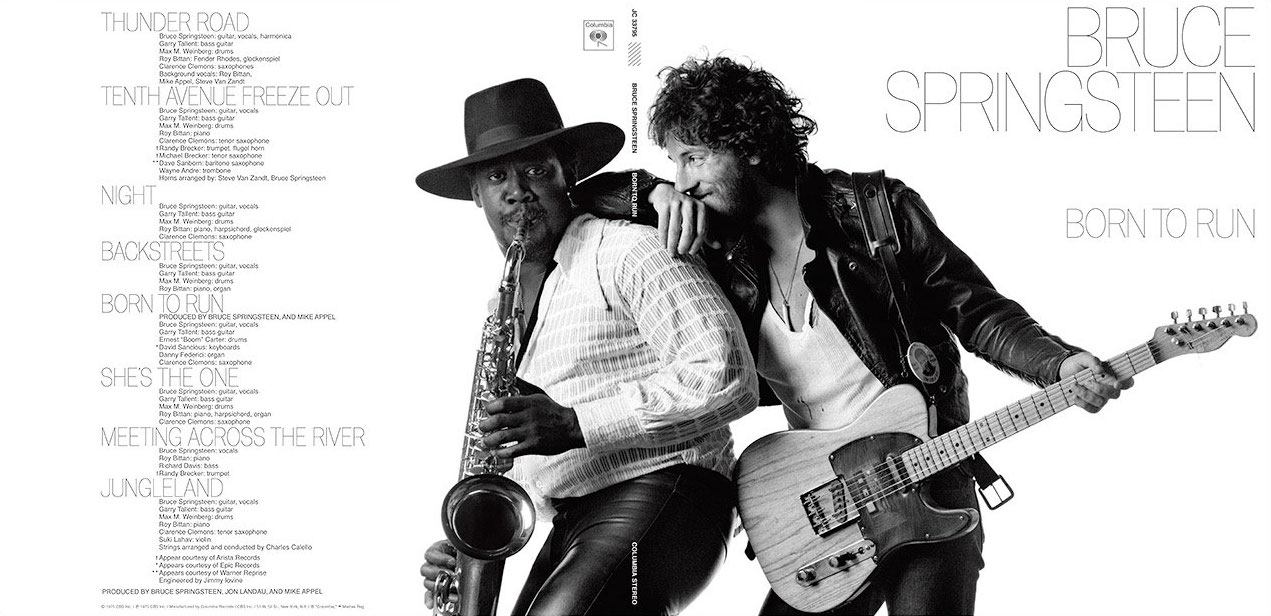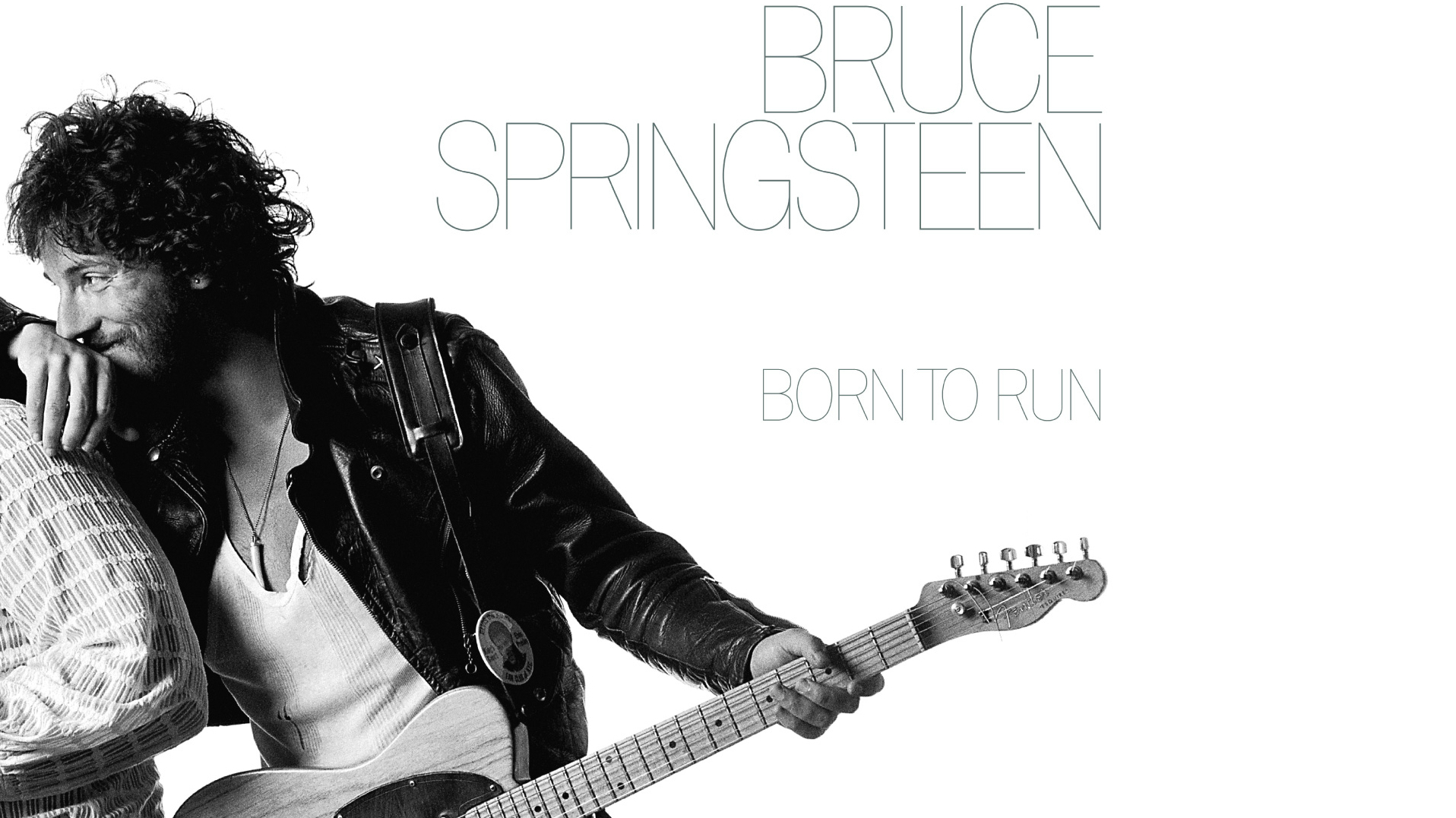Bruce Springsteen had two choices in 1975: shit or bust. His first two albums had been praised but not purchased – despite a back-breaking US tour schedule that saw Bruce and The E Street Band playing nightly three-hour sets – and another dud would surely exhaust the patience of his label CBS.
Springsteen, by all accounts, sweated blood to get the Born To Run album right. It’s ironic then, that the cover shot for its sleeve was spontaneous.
The story goes that New York photographer Eric Meola had been booked by Springsteen’s manager Mike Appel, but the singer’s long hours in the studio across town meant that he consistently failed to turn up for shoots. Finally Meola got “really upset” and issued the ultimatum to Appel that the shoot was “next time or never”.
Springsteen kept the next booking, and brought with him E Street Band saxophonist Clarence Clemons, whom he also wanted on the cover. After a day of posing – Bruce under a fire escape, Bruce tuning a radio, Bruce with a guitar – and some 900 frames of film, a moment of serendipity saw Springsteen lean against his sideman in a wholly natural but instantly iconic ‘buddy’ pose. “That one just sort of popped,” Meola recalls.
- Watch Bruce Springsteen in White House Mannequin Challenge
- Inspirations: Bruce Springsteen
- The 11 best political songs by Bruce Springsteen
- Glory Days: Bruce Springsteen in the 1980s
That opinion was shared by Columbia art director John Berg, who tweaked the Born To Run cover while Andy Engel took care of the emaciated lettering. “Meola showed up one day,” Berg told the Syracuse website in 2005, “and he boring in the contact sheets and a couple of prints that Bruce liked. The reason I picked [that specific shot] was because it was very charming to show Bruce that way.
“The cover required turning,” Berg continues, “using the front and back at the same time. It was extra money, and it a record jacket cost a quarter to produce, that kind of jacket cost 50 cents, because it was front and back and it opened. It probably took a week of negotiating with the company to do the fold-open cover. It was breaking the code; we didn’t do that unless we had two records.”
It proved to be a worthwhile investment. Born To Run went six times platinum in the US, and Springsteen himself reckoned the cover was a major factor. “It was one of those records that you didn’t have to hear,” he once remarked. “When you saw the cover, you said: ‘I want that one’.”


